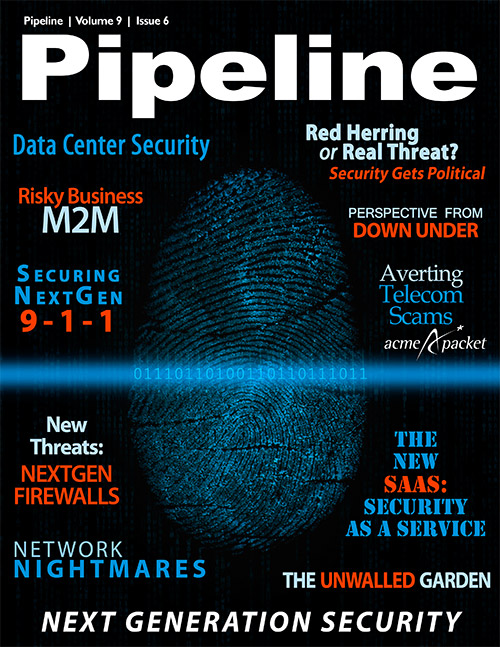Conquering the Logical in Next-Generation Data Centers
By: Tim McElligott
 The greatest logical thinker of our time said, ‚ÄúLogic is the beginning of wisdom, not the end.‚ÄĚ That the words were uttered by a fictional character known the sci-fi world over as Mr. Spock should
not diminish their significance; after all, they were written by a human, perhaps even Leonard Nimoy himself.
The greatest logical thinker of our time said, ‚ÄúLogic is the beginning of wisdom, not the end.‚ÄĚ That the words were uttered by a fictional character known the sci-fi world over as Mr. Spock should
not diminish their significance; after all, they were written by a human, perhaps even Leonard Nimoy himself.
But here in the 21st century, on earth, in a world of evolving computing technology, logic is often the beginning of something else: stifling complexity. Humans think of themselves as logical beings, but they are still proving to be much more adept at the physical.
The logical and the physical are two aspects of the modern data center. We appear to have a good handle on the physical aspects of designing, building, securing, maintaining, and operating ones that are increasingly more powerful and efficient data centers. However, many IT departments are experiencing a loss of control over the logical aspects of their data centers, which, in a word, are becoming too complex; advances primarily due to virtualization are generating angst over security, compliance and manageability, and are causing them to start tapping the brakes on deploying next-generation data centers.
According to a report last month from Symantec (‚ÄúState of the Data Center Survey: Global Results‚ÄĚ), complexity is being driven by virtualization, cloud computing and the proliferation of mobile devices. Unless IT executives learn to better cope with this complexity, ‚Äútheir investments in virtualization software, blade servers and other technologies designed to modernize the data center might be in vain,‚ÄĚ the report said.
These drivers, however, are more accurately described as enablers, because it is the number of business-critical applications that virtualization enables, as well as the volumes of data that mobile devices generate and the uncertainties of the cloud and cloud security, that are the true drivers. The Symantec survey showed that 65 percent of company IT departments felt that the increasing number of apps was the top driver of complexity, followed by the growth of data (51 percent), mobile computing (44 percent) and virtualization (43 percent).
While most companies surveyed agreed that virtualization saved money, it led to costs in other areas, and 47 percent said increased costs were the biggest side effect of data-center complexity. In fact, they listed a range of side effects ranging from longer lead times for storage migration (39 percent), reduced agility (39 percent), security breaches (35 percent), and compliance incidents (34 percent).




















